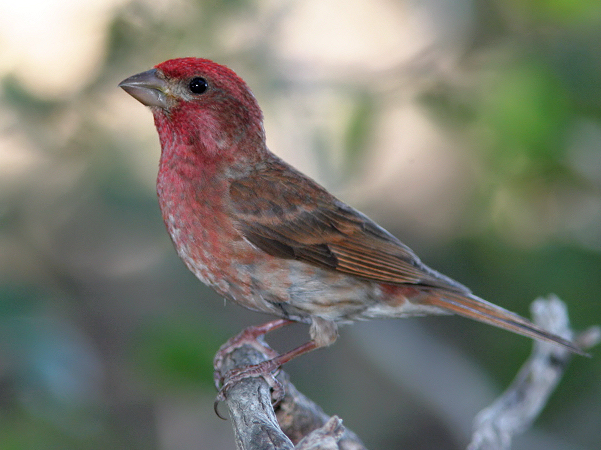 The 110th Christmas Bird Count is now in progress. From December 14 through January 5 tens of thousands of volunteers throughout the Americas take part in an adventure that has become a family tradition among generations.
The 110th Christmas Bird Count is now in progress. From December 14 through January 5 tens of thousands of volunteers throughout the Americas take part in an adventure that has become a family tradition among generations.
Audubon recently-released Birds and Climate report clearly shows that climate change is affecting birds – and our world – now. For the past 40 years, as our climate has warmed, birds have shifted their winter ranges further and further north. This ecological disruption is yet another wake up call that we must act quickly to solve the climate crisis. The birds’ northward movement is another signal that climate change is here and action is needed now.
What You Can Do?
1. Be an Active Citizen
Join Audubon’s activist team and urge our elected officials to make global warming a top priority by signing Audubon petition at birdsandclimate.org. Voice your support for new approaches to help solve global warming, move us toward a 100 percent clean energy future, reduce our dependence on oil, and protect our environment. Stay informed, write letters to your leaders, and support candidates who promise to take the aggressive and farsighted actions necessary to curb global warming.
2. Get Involved in Your Community
Support conservation efforts that protect and restore essential bird habitat, keeping it healthy to better withstand global warming. Learn how the Important Bird Areas program is building a national network of conservation stewards. And join in “Citizen Science” efforts like the Christmas and Great Backyard Bird Counts.
3. Determine Your Energy Profile and Carbon Footprint
An energy audit assesses how much energy you consume. A carbon footprint shows how much greenhouse gas you emit into the atmosphere. These figures can help you determine steps you can take to make your home, school, or office more energy efficient. Many footprint calculators are available online.
4. Reduce Energy Consumption
Save money and energy by switching to compact fluorescent light bulbs and maximize the use of natural sunlight for daytime lighting needs. Reduce excessive use of home heating and cooling and weatherize your home. Buy energy efficient appliances such as those that are “Energy Star” compliant.
5. Eat Locally Grown and Organic Produce
The fewer miles your products travel, the less energy is used for refrigeration and transport. And buy organic. That reduces the use of pesticides that kill the organisms which help keep carbon in the soil.
6. Shop Smarter
Manufacturing, packing, transporting, and selling goods not only use huge amounts of energy but also release excessive amounts of greenhouse gases. When shopping, always ask, “Do I really need this? Does the Earth really need this?” You’ll probably save money as well.
7. Save Gas and Money
Use public transportation, ride your bicycle, walk, carpool, and drive a more energy-efficient vehicle. Keep tires properly inflated to increase fuel efficiency – it will lower your fuel costs.
8. Plant More Trees and Buy Good Wood
An average tree absorbs ten pounds of pollutants from the air each year, including four pounds of ground level ozone and three pounds of particulates. So, plant leafy trees around your house to provide windbreaks and summer shade. When shopping for wood, ask about certified wood to support sustainably managed forests that are bird-friendly.
9. Switch to Green Power
Power plants are the single largest source of heat-trapping gases in the United States, but in some states you can switch to utilities that provide 50 to 100 percent renewable energy. You may also want to consider installing solar panels on your home.
10.Tell your lawmakers where you stand on global warming by signing Audobon petition, and donate Audubon Christmas Bird Count.


thanks this is a nice blog…i hope you continue to write and keep the blog actual..